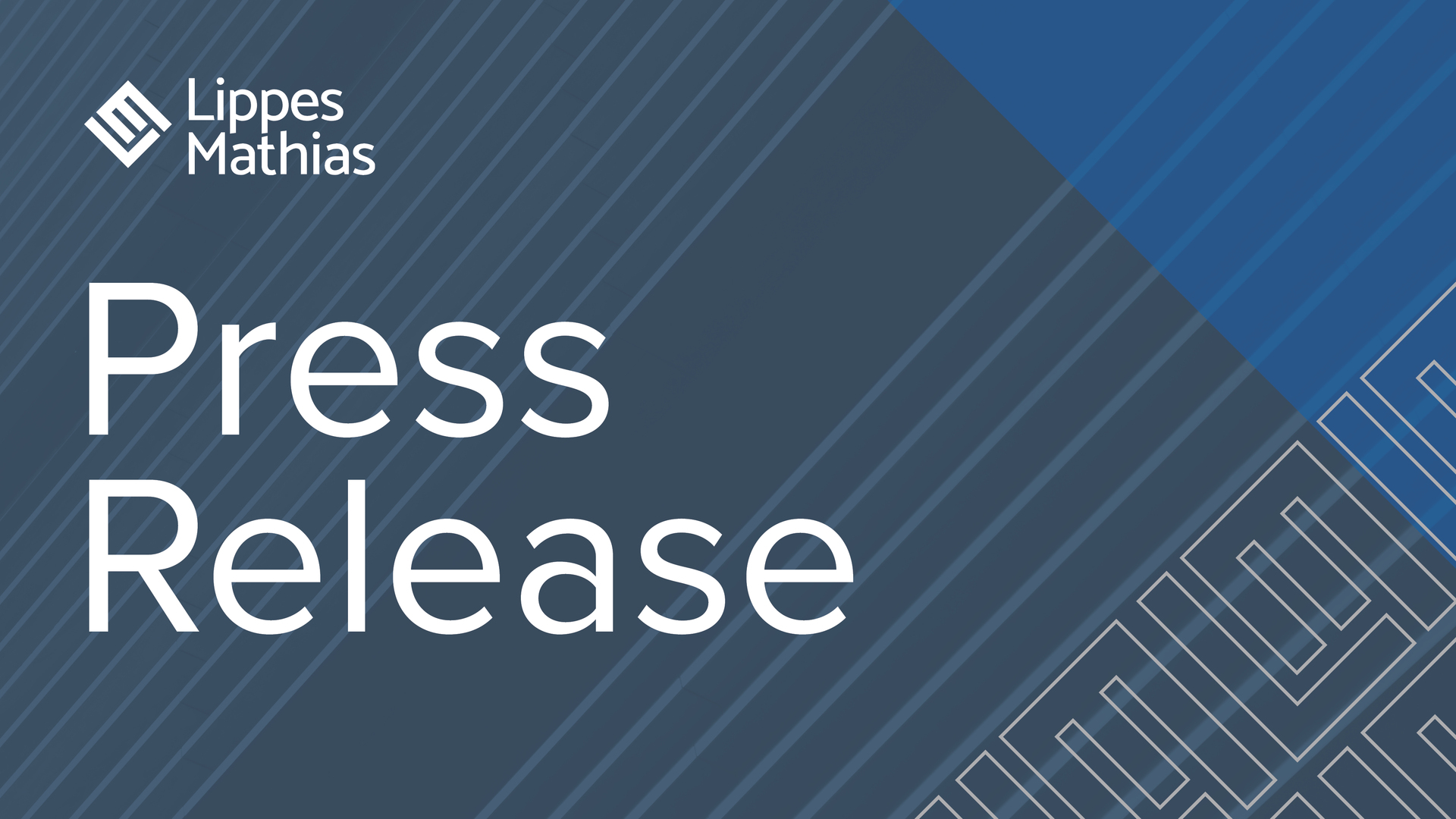The Landscape of Commercial Lending Conditions and What May Come
By Megan N. Ha
August 22, 2023 |
Client Alerts
In recent years, U.S. banks have been tightening lending conditions. This trend is expected to continue for commercial loans because of various factors, including the ongoing effects of the COVID-19 pandemic, changes in interest rates, collapse of several high-profile banks, and economic uncertainty.
The disruptions caused by the COVID-19 pandemic in various industries affected businesses’ ability to generate revenue and their creditworthiness, which may have caused lenders to tighten their underwriting standards and extend credit more cautiously. Nevertheless, due to interest rates being relatively low in 2021, borrowing was more attractive for businesses looking to invest or expand. But over the past year, rising interest rates significantly curtailed both fixed-and floating-rate commercial real estate lending activity, impacting lending volumes across the board, including the commercial mortgage-backed securities (“CMBS”) market. Although interest rates may depend on factors such as the lender, loan type, business’ financial status, collateral, market condition, loan amount, and length of the repayment period, the Federal Reserve’s decisions regarding interest rates have a significant influence over commercial lending conditions.
Rising U.S. Treasury yield unsettles lenders, which may cause them to tighten lending conditions to mitigate risk. As of August 18, 2023, the 10-year U.S. Treasury yield, which generally correlates with fixed-rate loan pricing, was 4.26% and the one-month term Secured Overnight Financing Rate (“SOFR”), a common benchmark for floating-rate loans that recently replaced the London Inter-Bank Offered Rate, was 5.25%. When combined with the current spreads tacked on by lenders, the all-in interest rates for floater or 10-year commercial mortgage-backed security loans can easily be 6.00% or higher. Compare these rates to early 2022 when the 10-year U.S. Treasury yield was less than 2.00% and the one-month term SOFR rate was 0.05%.
Another effect of rising interest rates specifically impacting the floating-rate lending market is the hike in the cost of hedging products such as swap agreements (interest rate protection agreements). As SOFR rates continue to rise, the price of swap agreements rises in tandem since the counterparties under such swap agreements are increasingly paying out large sums due to the relevant benchmark exceeding a certain level. It has been reported that the average cost to buy a swap agreement is 10 times greater today compared to a year ago.
In addition to rising interest rates, the collapse of several high-profile banks contributed to tighter lending conditions and sluggish activity in the commercial real estate market. The sales of CMBS have declined significantly due to rising interest rates, which reduced lending volume and flustered lenders. According to Trepp, CMBS issuance is down one-third of issuance during the same period last year even though CMBS issuance in the second quarter increased by two-thirds from the first quarter. Additionally, commercial real estate collateralized loans, previously in high demand in 2020 and 2021, are seeing investors pulling back since March 2023, adding more pressure to commercial real estate lending.
Lenders have begun adopting stricter underwriting standards to mitigate risks associated with the economic factors discussed above. This could include examining the borrowers’ financials more closely, requiring higher creditworthiness or additional collateral, creating wider spreads on loan rates, lowering loan-to-value ratios, increasing debt service coverage requirements, and shortening interest-only payment periods.
Stricter underwriting standards such as increased debt service payments pose challenges for both underwriters and borrowers. For example, increases in property incomes have not kept pace with the cost to borrow in most instances for commercial properties, making it more difficult for borrowers to achieve the debt service and debt yield that lenders require. On the flip side, underwriters have difficulty underwriting loans that are acceptable to borrowers while protecting the lenders’ interests.
Commercial real estate transactions that are still closing are seeing reduced loan-to-value ratio, added structure like debt service reserves and active cash management systems, and shorter terms reflecting the hope of many borrowers that interest rates will drop in the coming few years. Borrowers are also requesting more flexibility to prepay their loans to take advantage of refinance opportunities if interest rates decrease prior to their maturity dates.
The trajectory of the global economy and individual industries will play a significant role in shaping lending conditions. As economies continue to recover from the COVID-19 pandemic, lending standards may ease, especially if businesses demonstrate improved financial stability.
Moreover, the direction of interest rates, as determined by the central banks, will influence borrowing costs for businesses. Interest rates have begun to stabilize, which has resulted in a slight increase in lending activity in the second quarter of 2023. However, the Federal Reserve has signaled that there may be a few more interest rate hikes before the end of 2023. If interest rates continue to rise, borrowers who are not immediately facing loan maturities and have the flexibility to finance at a later time will likely choose to hold off in hopes that interest rates will soon decline or stabilize.
According to Cred IQ, an estimated $162 billion of securitized commercial mortgages will reach maturity in 2023, which may cause many borrowers to seek extensions or modifications of their existing loans in hopes of temporarily preserving more favorable interest rates if interest rates do not decline or stabilize. However, similar to the requirements for new loans, lenders will likely want debt service reserves, active cash management systems, or other added structures in exchange for such extensions or modifications if lending conditions do not ease. Where extensions or modifications of maturing loans are unachievable, borrowers may be forced to seek alternative sources of financing such as private lending, and in some instances will face defaults and workout scenarios. If refinancing options are not viable, property owners may be forced to sell, which then may lead to some acquisition financing activity. However, purchasers will face the same challenges obtaining loans, which could result in reduced purchase prices.
Additionally, lending conditions can also be influenced by market demand for commercial loans. A strong demand from businesses looking to invest or expand may encourage lenders to compete by offering more favorable terms, such as lower introductory interest rate or waiver of origination fee or certain closing cost. Changes in financial regulations and policies can affect lending conditions as well. Regulatory changes may lead to alterations in lending practices, underwriting standards, and overall credit availability.
It is important to note that lending conditions are influenced by a complex interplay of economic, financial, and regulatory factors, and these factors can change rapidly based on evolving circumstances. Given the uncertainties in the horizon, borrowers should consider reviewing their financial status and exploring financing options and investment strategies to prepare for what may come.
Please contact Megan Ha (mha@lippes.com) or Jillian E. Deck (jdeck@lippes.com) of the Lippes Mathias LLP banking practice team if you or someone you know would like further guidance on how current lending conditions may impact you.
Related Team
Related Content

Press Releases
86 Lippes Mathias Attorneys Recognized in the 2025 Edition of "The Best Lawyers in America©"
August 15, 2024


Client Alerts
SBA to Adopt Revised Small Business Loan Guidelines Effective March 2024
February 19, 2024


Press Releases
69 Lippes Mathias Attorneys Recognized in the 2024 Edition of "The Best Lawyers in America©"
August 17, 2023


Client Alerts
The Rise and Fall of the Paycheck Protection Program
July 19, 2023

PRACTICE TEAMS
BANKING & FINANCIAL TRANSACTIONS




